The Four Spheres Of The Earth
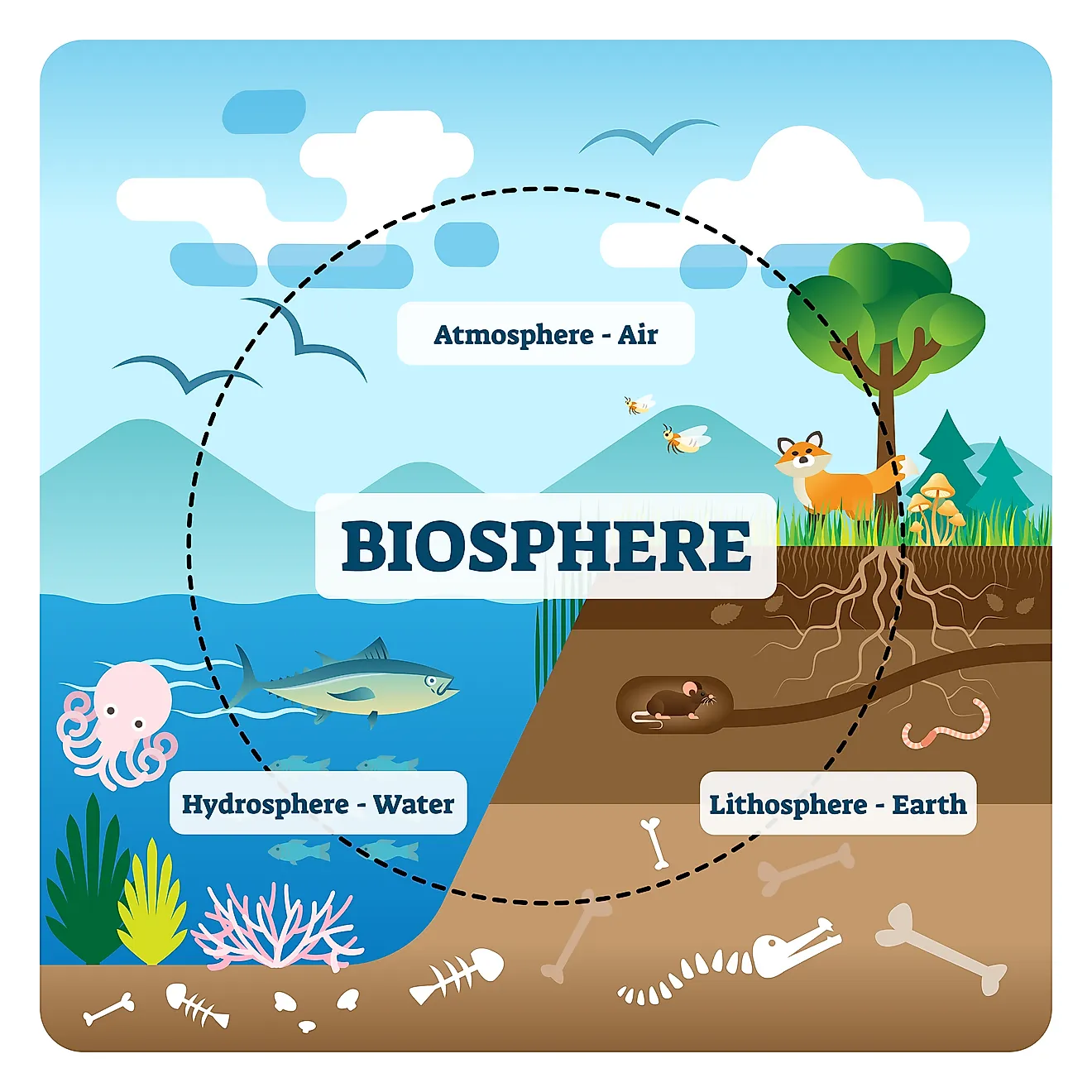
- The four spheres of the Earth are: the lithosphere, hydrosphere, biosphere, and atmosphere
- The biosphere includes all living life on Earth: animal, plant, fungi, protist and monera
- All four spheres must work in harmony to allow for the balance of life to succeed of Earth. Any threat to one sphere, will have drastic effects on the others.
The earth can be split into one of four major subsystems, namely: land, water, air, and all living things. These categories are known as spheres, and are the lithosphere, hydrosphere, atmosphere and biosphere, respectively. The first three of these spheres are abiotic, meaning they are not living things, while the fourth - the biosphere - contains all biotic, or living creatures and organisms (everything from plants, to animals, to bacteria).
Atmosphere
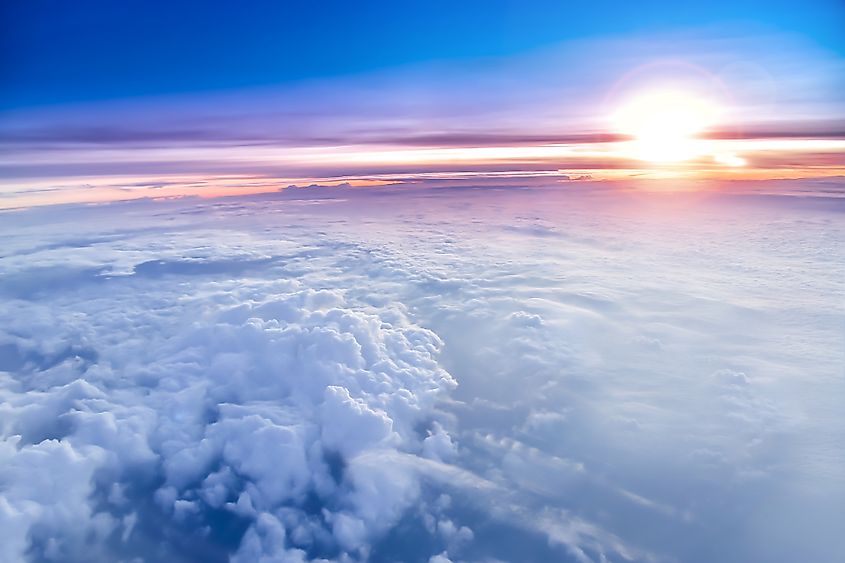
The atmosphere of Earth, which we casually refer to as simply ‘air’, is actually made up of a mixture of gases and vapours. The Earth’s atmosphere forms a barrier, or bubble around the Earth, and is held there by the force of gravity. This keeps the vapours of the atmosphere from escaping into outer space. It is also this atmosphere which makes the earth inhabitable. The combination of chemicals in the air, as well as the way in which the atmosphere creates a barrier between the Earth and the harmful rays of the sun, makes an environment in which animals, plants and human life can thrive.
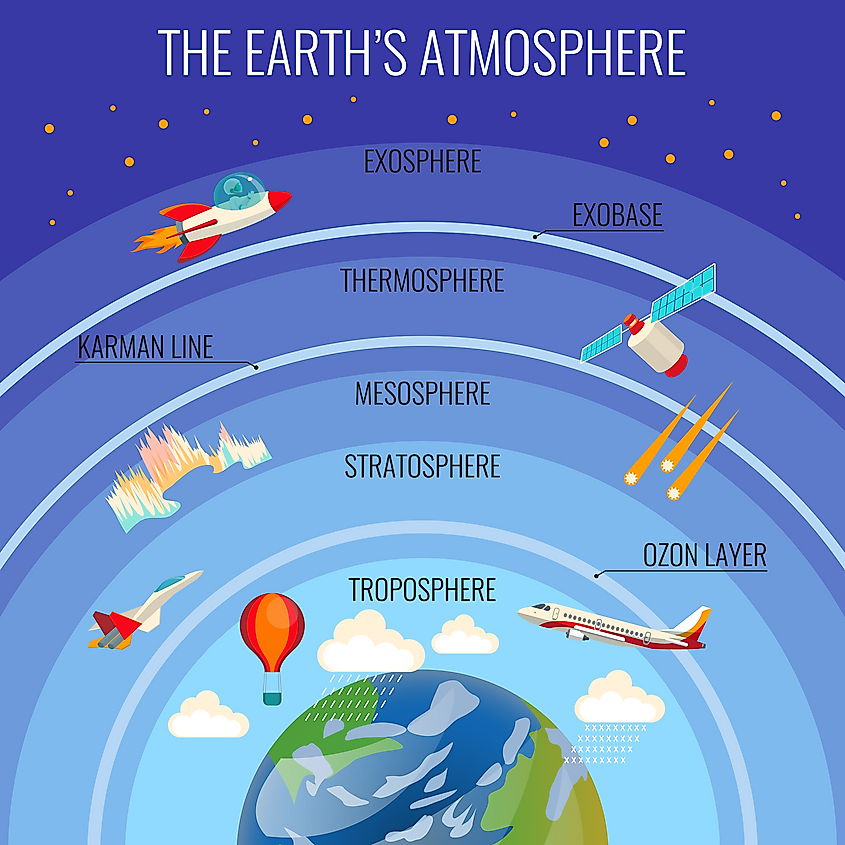
The atmosphere can be separated and identified in several of its own layers, of which there are 5: the troposphere, stratosphere, mesosphere, thermosphere and exosphere. The Troposphere is the layer which holds the majority of the atmosphere, and is closest to the surface of the earth. This is also the area in which most organic life lives, on Earth. The other layers extend outward from the surface, and are encompassed by the last layer, the Exosphere, before our atmosphere completely dissolves into Outer Space.
The atmosphere of Earth is actually primarily made from nitrogen, with a composition of 78 percent. The second most common gas in our atmosphere is Oxygen, which makes up 21%, and is the most important for both human and animal life. The third most prominent gas is argon, which is only 0.9 percent. This leaves the remaining 01. percent, which is classified as ‘other’ as no one gas is dominant enough to be significant. However, this ‘other’ section does include water vapor, neon, carbon dioxide, and methane.
Hydrosphere
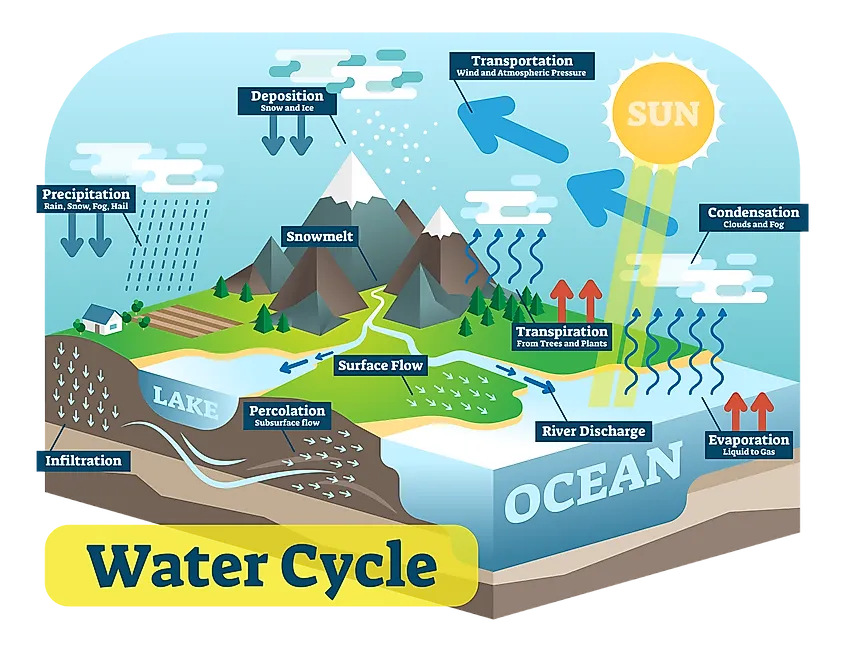
The hydrosphere is the water sphere of Earth. This includes the total amount of water that can be found on the whole planet, from that on the surface - like in lakes, oceans, rivers etc. as well as water underground, and in the air. Because it includes all water, this also means that it encompasses water that is found in liquid, vapor, or solid (ie ice) form.
Liquid
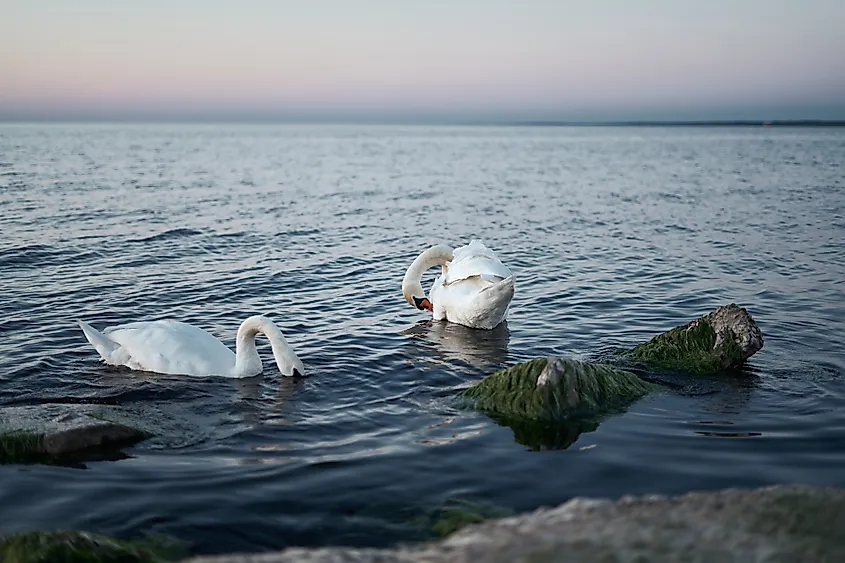
The first type of water most commonly thought of, is liquid water. This can be seen in a variety of places and forms across the earth. Everything from lakes and seas, to streams, lagoons, rivers, creeks and springs are forms of liquid water which connect to form the hydrosphere. There is also an entire system of underground water that is also in liquid form. This water is usually accessed via aquifers, natural springs or wells. The underground water system is known as the water table, and contains all types of water that has become trapped below the surface. Groundwater fills the spaces between sediment and rock, creating pockets of trapped water. Often, these pockets are tapped by humans via pipelines and wells, but in some cases the water naturally finds its way to the surface via springs and the like. This natural water source is also extremely useful for large plant life like trees, that need considerably more water than that which they can absorb through rain and atmospheric moisture.
Vapor
Water vapor, is any type of water that has evaporated, and now takes on a gaseous state. This includes things like fog and clouds. Water vapor forms an integral part of the water cycle. When liquid water evaporates, it turns into a gas, and becomes part of the atmosphere. Here, it can be redistributed into other parts of the world. For example, a puddle - liquid - can be dried up in the sun, forcing the water molecules to change and evaporate. Now, in gas form, they form a cloud. This cloud is then blown through the air, where it collects more moisture until the cloud becomes so heavy with water vapor that the vapor becomes liquid again, falling back to the earth’s surface as rain.
Solid
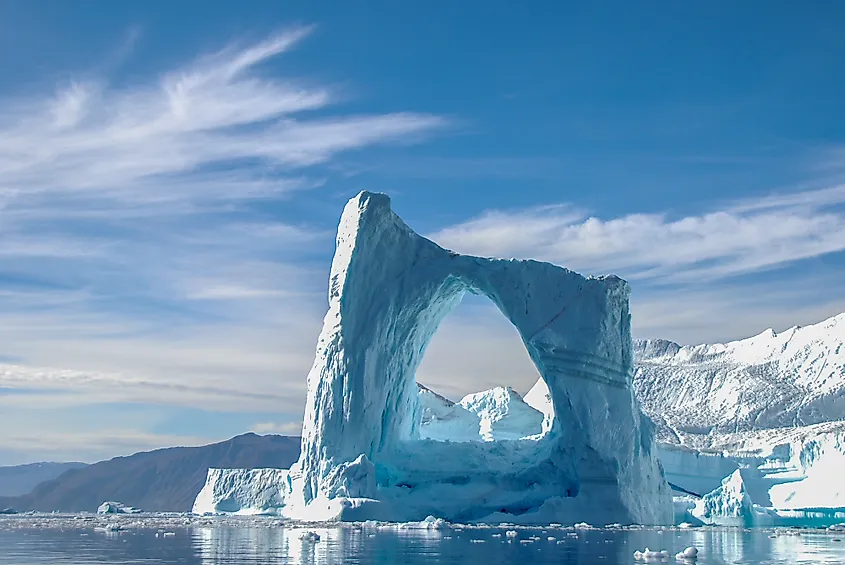
Water in its solid form can be seen on earth as ice. This includes everything from the polar ice caps, to frozen lakes and bays, frost, snow, glaciers, and icebergs. This protein of the hydrosphere can actually be subsection into what is known as the cryosphere. While the cryosphere may not be the first thing associated with water and the hydrosphere in general, it does play an important part in the larger system. It helps to regulate the global climate, and is home to a variety of animals which rely on this frozen world to live.
Lithosphere
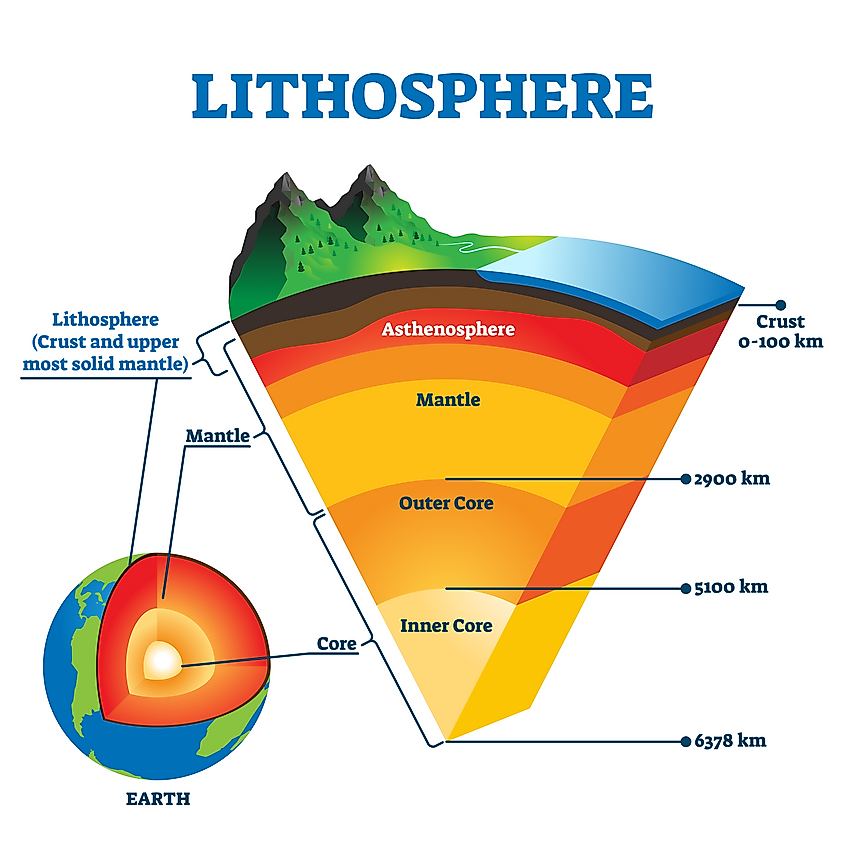
The lithosphere is the ‘earth’ or land portion of the Earth. It more specifically refers to the rocky outer surface of the Earth’s crust, and upper portion of the mantle. The Earth itself is split into several layers: the crust, upper and main mantle, the outer core and the inner core. Though all of this is Earth, it is only the more solid upper portion that is included in the lithosphere. This means it is the generally solid, minimally viscous portion, as opposed to the more liquid molten lower layers. The lithosphere is the land on which biological life - i.e. the biosphere - exists.
Biosphere
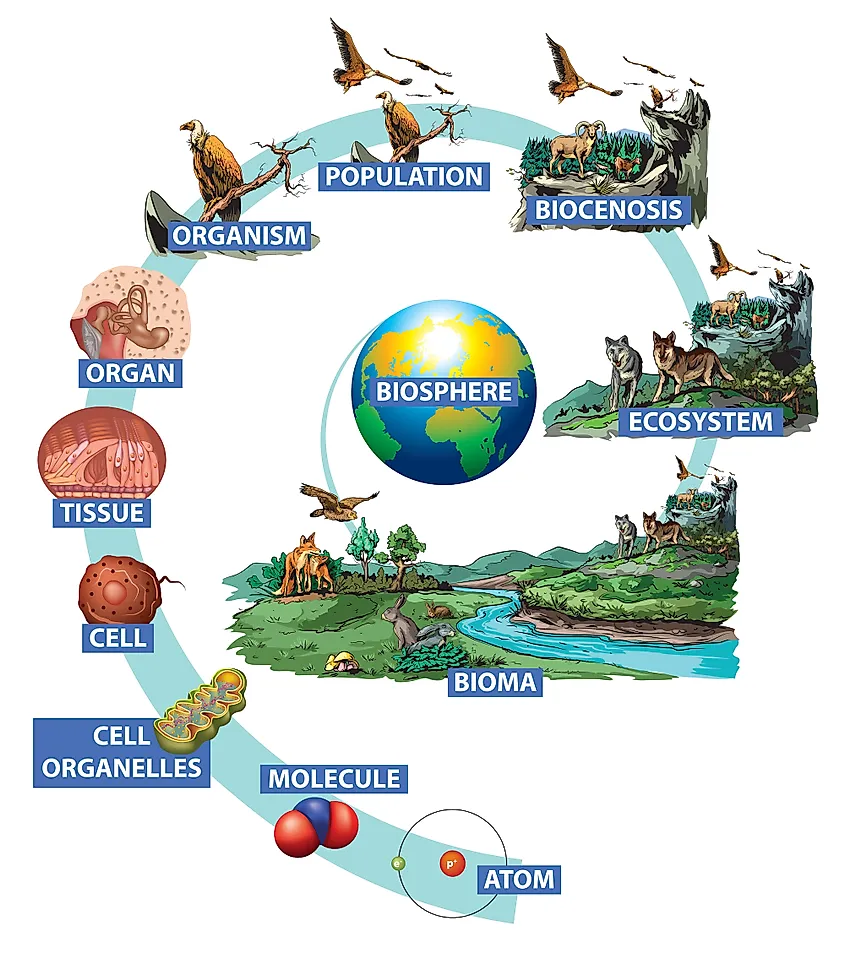
The biosphere is the sphere of the earth which includes all organic, living life. Whether this life is on the earth’s surface, in the atmosphere, or below the ground, it is part of the larger biosphere system that makes up life on this planet. In this way, the biosphere blends with the other three spheres of Earth. The range of the biosphere is thought to be roughly 20 kilometers, or 12 miles from its highest point, to its deepest. Generally speaking, though, most of the Earth’s life is much closer to the surface, and can be found within about 500 meters or 1,640 feet below sea level, and 6 kilometers, or 3.75 miles above the ocean’s surface.
From the tallest mountain to the deepest ocean, all organic life is part of the biosphere. This includes all types of life, from insects to fungi, animals and birds, plants and organisms like bacteria. This life is then divided into a series of classifications: kingdoms, phylum, classes, orders, families, genus, and species. There are 5 different kingdoms, known as: animal, plant, fungi, protist and monera, and all of these encompass the entirety of the biosphere. The large biosphere is then further broken down into biomes and ecosystems, which are more specific working systems of animals and plants in any given area. Together, they form an intricate web of life which, when kept in balance, allows our Earth to run in harmony.











